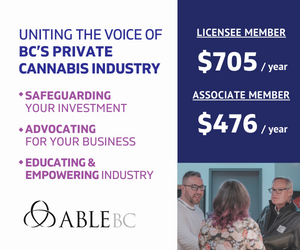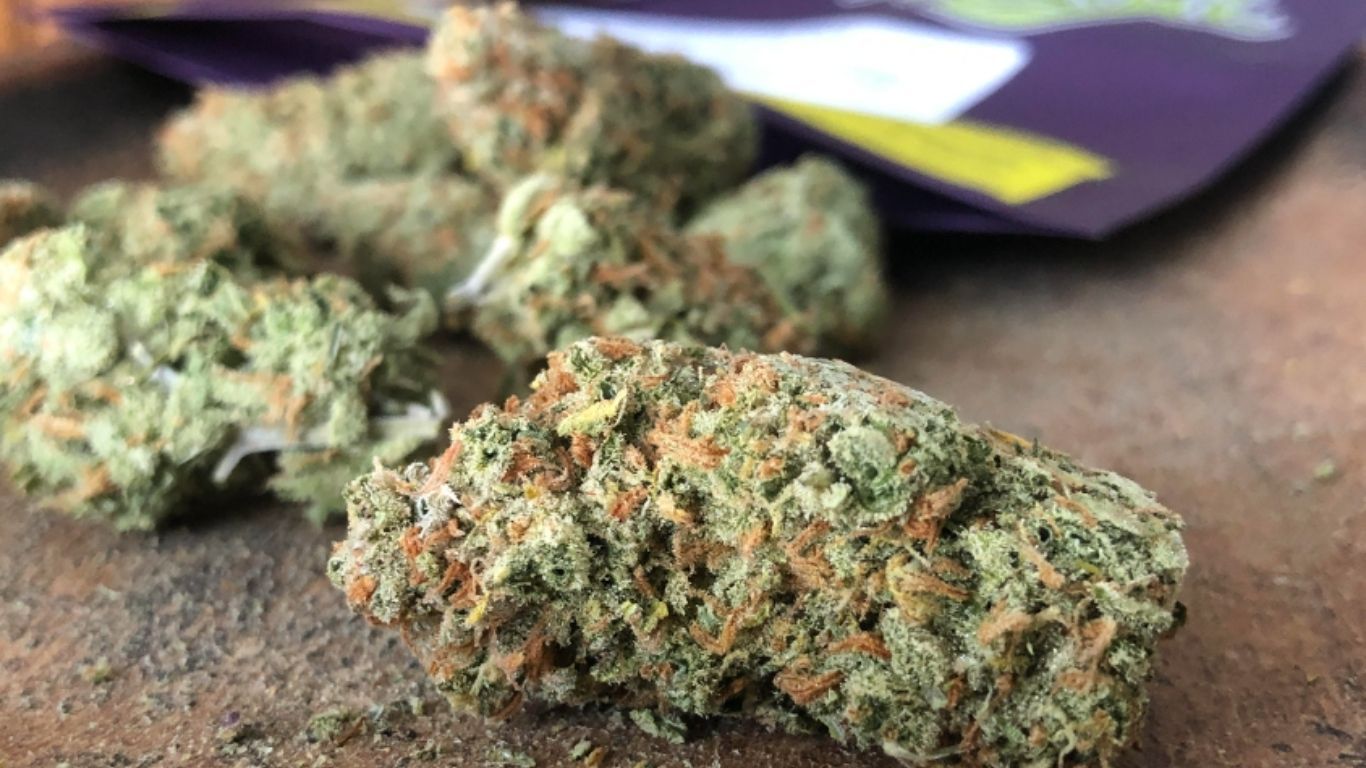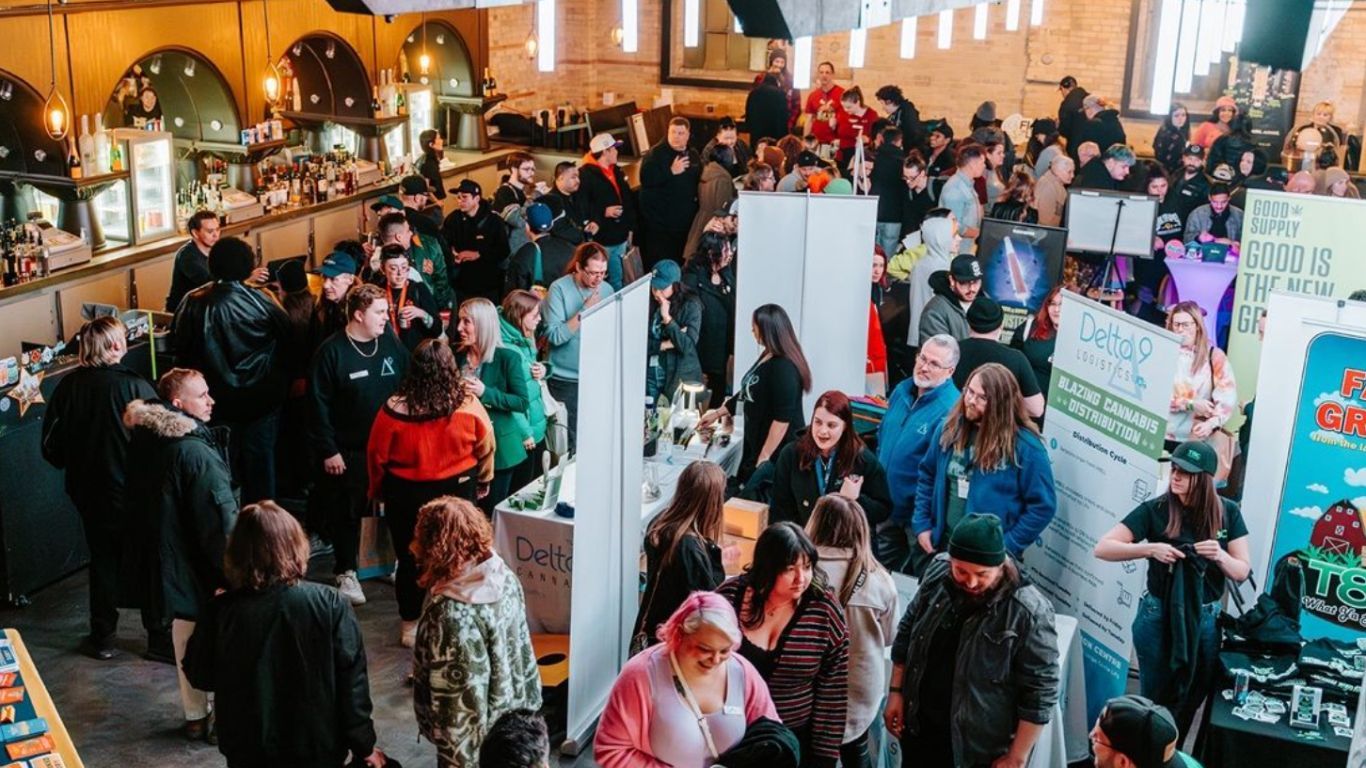
Since the legalization of cannabis in Canada two years ago, there have been many comparisons between the rise of the craft brewing movement – which got into gear in the 1990s – and the recent emergence of micro-cannabis operations.
The two industries have even seen some remarkable convergences of late, such as Aphria’s recent acquisition of craft beer company Sweetwater Brewing.
But, on an individual level, how do the setup and operational costs compare?
With a craft beer operation, the real expense is in the equipment.
“We have between $1.5 and $2 million dollars in equipment, which I would stress is at the low end,” says Jeff Dornan, owner and co-founder of All or Nothing Brewhouse in Oshawa, Ontario. “Some have tried it for less, but they run into problems with production capacity.”
For brewing, expenses include refrigeration, a brew house, fermenters, glycol chillers, boilers, beer tanks, filtration equipment, and an alcolizer for testing. Then there is the packaging – the cost of canning or bottling – which can vary wildly, as well as walk-in coolers, and a truck or van.
“You’ve also got installation fees, speciality trades – steamfitters, riggers etc.,” says Michael Gurr, president at Kensington Brewing Company in Toronto. “And you’ve got the things no one thinks about: fork lift, storage racking, exterior signage, lab equipment, safety gear.”
Gurr says that these factors easily add another $500,000 – $750,000 to an initial outlay of between $1 million to $1.5 million. This puts his estimates in the same range as Dornan from All or Nothing Brewhouse. Nonetheless, after you’ve spent all that money, there are still more costs to consider.
“You need to develop a brand, which includes agency fees,” says Gurr. “And you need staff to run the place, and money to fund losses until critical mass is reached.”
The problem with the cannabis process is that it’s new, still politically sensitive on all levels, and will likely require the help of specialists to successfully navigate the minefield
Brian Harris, Wild Coast Canna
All of this adds up to dramatically more money than is required for a micro cannabis operation like HRVSTR near Toronto. HRVSTR spent about $150,000 to get through the licensing process, and to have its operations up and running. Costs included rent, retrofit, equipment, and licensing for a 200m2 of cultivation space, with an additional 160m2 for the processing area and administrative space.
Not all regulations are created equal
But not all operations have fared as well as HRVSTR. Although research from StratCann has found that some micro cultivators (up to 200m2 of plant surface, and processing up to 600-kg of dried cannabis annually) have spent as little as $15,000 on a license, the average costs among 20 micros interviewed in 2020 was $700,000. Some paid as much as $2 million. Outdoor micros were much cheaper, at just over $30,000 among the six interviewed.
“The problem with the cannabis process is that it’s new, still politically sensitive on all levels, and will likely require the help of specialists to successfully navigate the minefield,” says Brian Harris, former CEO and owner of Russell Breweries, and now CEO at Wild Coast Canna, a company looking to build a micro cannabis business park in BC. “Then you’ll have to spend twice as much time and money on reporting than you would running a micro-brewery. And this continues to change.”
The reality is that the requirements for the care and control of alcohol in Canada are lower than they are for cannabis.
“I would say we spent 10% of our start-up budget getting licensed for cannabis,” says Matthew Pearson, a principal at River Green, a licensed standard (not micro) cannabis producer in Thunder Bay, Ontario and the former owner and operator of Sleeping Giant Brewing Company in Thunder Bay. “We spent the bulk of that on a consulting company, and it took two years. That’s heavy. For a brewing license, I could do the paperwork myself and hire a lawyer for under $25,000.”
The regulatory side of craft brewing appears to benefit from a cultural bias, wherein alcohol is still more socially acceptable than cannabis. In most cases, to get a brewing license all that’s required is to prove that you have no criminal record, and haven’t gone bankrupt.
“They want to know that you’re an upstanding citizen,” says Dornan, who is also chairman of the board for the Ontario Craft Brewers Association. “Then you get your license, and have to be competent with your paperwork, just to make sure you’re following the rules.”
Bankers are drinkers – not smokers
Then there is the issue of getting the seed capital. All new businesses need start-up funds, yet the realities for craft brewing and micro cannabis are dramatically different.
The banks won’t come on board until you have your first sale under your belt.
Matthew Pearson, River Green
“The main difference is that the banks pick up the phone when you call from a brewery,” says Pearson from River Green. “Chartered banks, credit unions, the Business Development Bank – they all might lend a brewer money – but if you’re in the business of cannabis, you’ve pretty much eliminated that option.”
River Green is a licensed producer, with about 10,000 square feet of production space in four grow rooms, and space for four more. The business is pre revenue, and four weeks away from its first harvest. Without access to banks, that means relying on private investors.
“The barrier to entry is pretty high, because you need a pool of high net worth individuals,” says Pearson. “The banks won’t come on board until you have your first sale under your belt.”
And though breweries are expensive, they also represent hard assets that depreciate slowly – if at all. Often, breweries have equipment that is 50 or 60 years old.
“On the cannabis side you have lights and pumps,” says Pearson. “Essentially, everything is disposable in three to five years.”
The investment in a micro cannabis operation is therefore all about revenue, with the business having limited asset value beyond land, if owned, and fast-depreciating equipment. Banks have reliable models for estimating revenue from breweries, and placing these estimates against assets. But with cannabis it’s a brand-new world.
“It’s not like the 100-year-old beer industry,” says Harris from Wild Coast Canna, “Cannabis still has a long way to mature, as the beer business has, to where a small, better-tasting product can carve out a sizable local market. Cannabis needs time to go through growth, consolidation, and consumer preferences, all of which are changing in a legal environment.”












